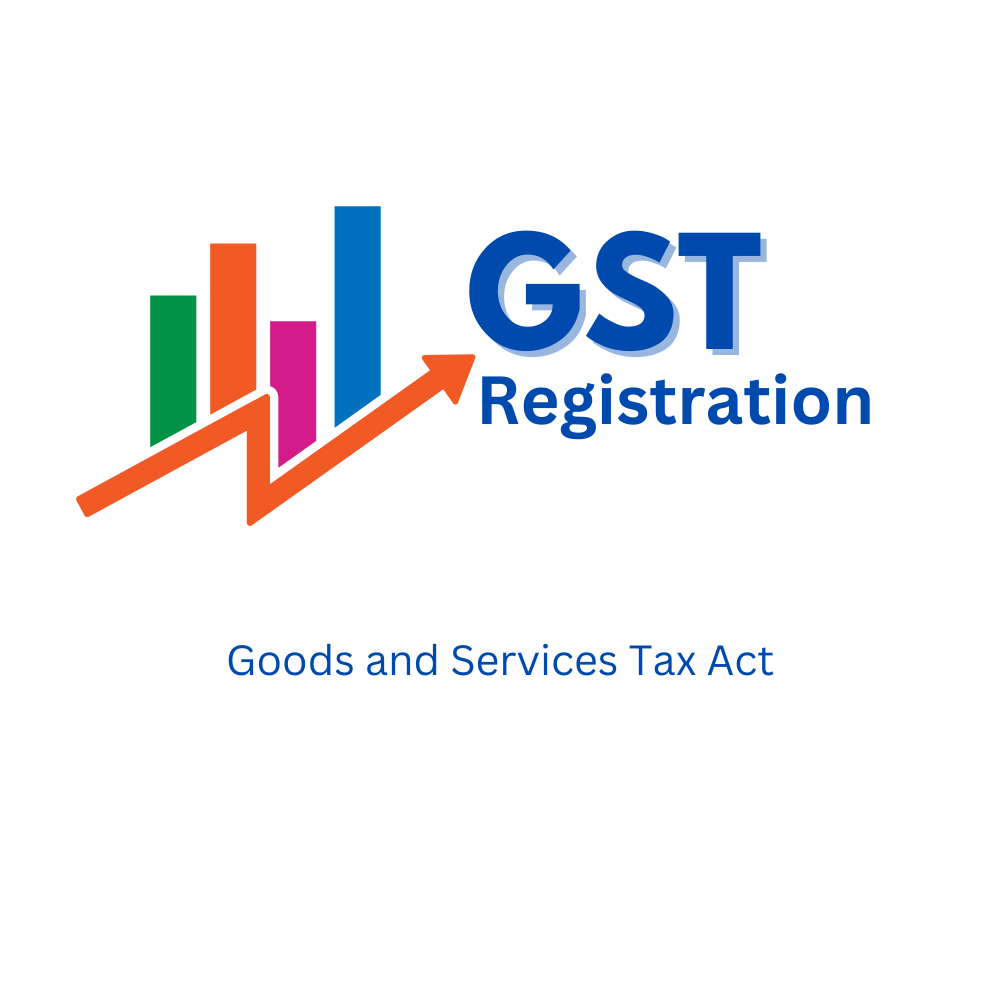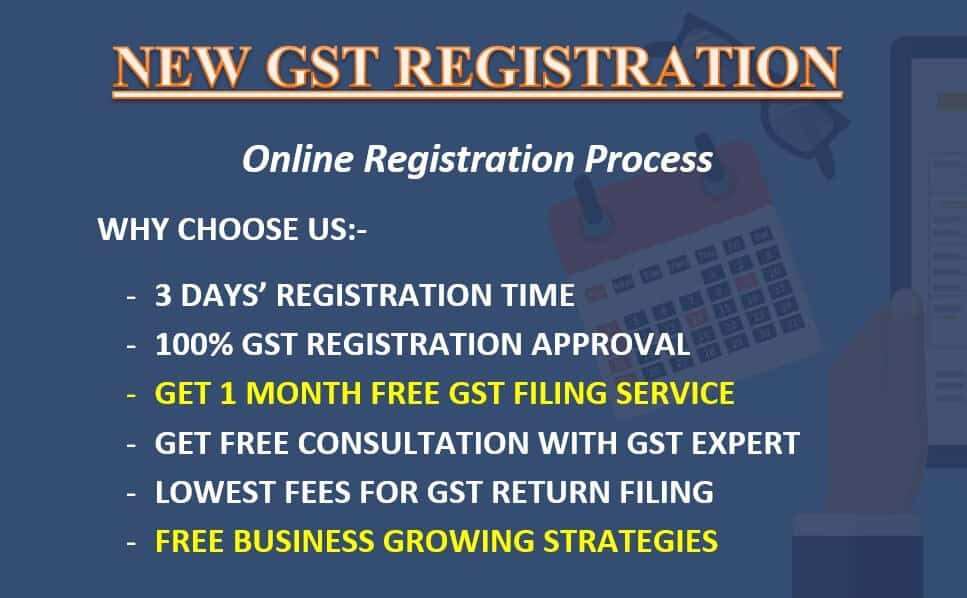Necessary Guide to Singapore GST Registration for New Services
Necessary Guide to Singapore GST Registration for New Services
Blog Article
The Ultimate Guide to Streamlining the GST Registration Refine and Needs for Small Company Owners

Understanding GST Fundamentals
To grasp the principles of the Goods and Solutions Tax Obligation (GST) system, small business owners must initially understand its underlying effects and principles. GST is a value-added tax obligation imposed on a lot of goods and solutions for domestic intake. It aims to enhance the taxation process by replacing numerous indirect taxes enforced by the state and central federal governments. Under the GST program, companies are needed to register and gather tax in behalf of the government, making sure openness and conformity.
One of the key principles of GST is input tax obligation credit score, which allows companies to assert credit score for taxes paid on their purchases. This mechanism avoids the plunging impact of taxes and promotes performance in the tax obligation system. Additionally, GST is a destination-based tax obligation, meaning that the tax obligation is imposed at the factor of consumption instead than the factor of origin. This ensures fair distribution of tax income among states based upon where the solutions or items are eaten. Comprehending these basic concepts is crucial for small company owners to navigate the intricacies of the GST system and make certain compliance with the legislation.
Eligibility Criteria for Enrollment
Having developed a fundamental understanding of GST concepts, small business proprietors need to now meet details eligibility criteria to continue with the registration process (Singapore GST Registration). Services that were signed up under the previous tax regimen (VAT, service tax, etc) are likewise mandated to register under GST. Farming services that only provide produce out of primary production are exempt from GST registration.
Files Required for GST Registration

Simplified Registration Process Steps
Following the collection and verification of the requisite papers, the registration procedure for GST can be browsed via a collection of streamlined steps created to facilitate reliable compliance for small company owners. The very first step involves seeing the GST website and selecting the 'New Enrollment' choice. Subsequently, the applicant must complete Part A of the GST REG-01 form with information such as frying pan, mobile number, and e-mail address to acquire an OTP for verification. see it here When the OTP is gotten and entered, a Short-lived Referral Number (TRN) is produced for additional proceedings. The following step calls for completing Part B of the type with necessary company details, uploading sustaining documents, and finishing the confirmation procedure making use of DSC or EVC. Upon effective confirmation, an Application Recommendation Number (ARN) is released, showing the conclusion of the GST enrollment procedure. By adhering to these simplified steps, small company proprietors can successfully sign up for GST and ensure conformity with tax guidelines.
Tips for Ensuring Conformity
To preserve regulative adherence and functional stability, thorough oversight and proactive steps are pivotal in ensuring compliance with GST needs for little company proprietors. Local business proprietors have to remain updated with GST guidelines, filing target dates, and any kind of modifications in tax rates to prevent charges and keep an excellent standing with tax obligation authorities. One necessary pointer for compliance is to keep in-depth and precise records of all deals, consisting of receipts, expenses, and billings associated to GST. Frequently integrating economic records with GST returns can assist in identifying and fixing any kind of disparities quickly. In addition, carrying out periodic interior audits or seeking specialist aid can make sure that business is adhering to all GST regulations appropriately. It is likewise vital for little organization owners to purchase GST-compliant bookkeeping software that can enhance the tax filing process and reduce mistakes. Last but not least, attending GST awareness workshops or training programs can boost understanding and compliance with GST laws, eventually benefiting the business over time.
Final Thought
To conclude, local business this link owners should understand the essentials of GST, satisfy the eligibility criteria, gather needed papers, and follow the simplified enrollment procedure steps to guarantee compliance. By streamlining the GST enrollment procedure and demands, small company proprietors can stay clear of fines and run their organizations efficiently within the lawful framework - Singapore GST Registration. It is vital for tiny organization owners to stay compliant and enlightened with GST guidelines to maintain an effective company operation
Tiny company proprietors seeking GST enrollment must guarantee they gather and send the necessary documents to complete the registration process successfully. The papers needed for GST registration normally consist of evidence of business registration or incorporation, FRYING PAN (Permanent Account Number) card of the company identification, address and entity proof of the promoters/partners/directors, photographs, address evidence of the place of business, bank account declarations or terminated cheques, and authorization forms. Going to GST understanding workshops or training programs can enhance understanding and conformity with GST guidelines, inevitably profiting the business in the lengthy run.
By streamlining the GST registration procedure and demands, tiny company proprietors can stay clear of fines and operate their services efficiently within the lawful framework. It is crucial for little business owners to remain educated and compliant with GST policies to preserve an effective company operation.
Report this page